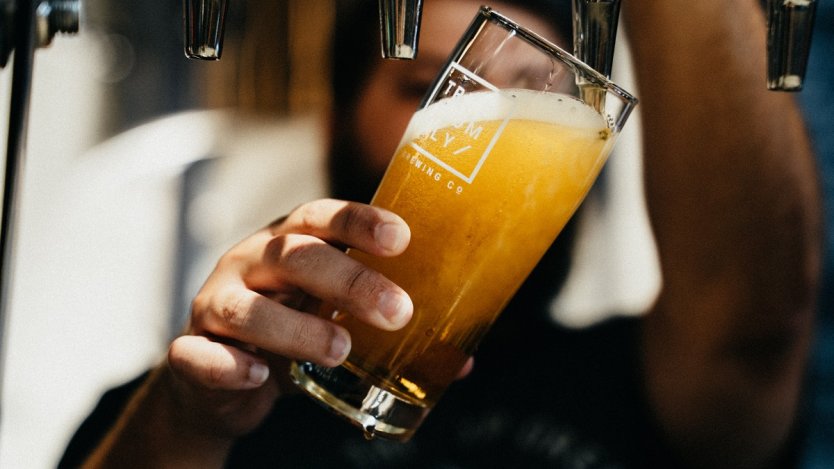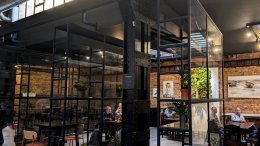For a relatively short time not that long ago, craft beer was the popular new kid on the beverage block and countless beer-aficionados who believed their home brew was best began to invest time and money with the hopes of hitting it big. There are many recurring buzzwords in the Canadian culinary vernacular, but when it comes to boozy beverages, few terms are used more frequently than “craft brewery”.
If you’ve ever wondered what the term actually means, allow us to break it down.
According to the Canadian Craft Brewers Association, there actually is no universally-accepted definition of a craft brewery because each province has its own set of guiding principles. However, all Canadian craft breweries (or microbreweries) share three guiding principles: The brewery must hold a license from the Government of Canada to produce beer; the brewery must produce no more than 400,000 hectolitres of beer; and the brewery must be independently owned.
Most accounts indicate that the first craft brewery in Canada was founded in 1984 by Frank Appleton and John Mitchell. While Horseshoe Bay Brewery was short-lived, its founders soon launched another microbrewery only a few years later. In the years that followed, Canadian craft breweries began to pop up all over the country, and by 2018, Canada was home to more than 700 craft breweries, most of which were situated in B.C., Quebec, and Ontario.
Although the proverbial craft brewery bubble has long since popped, Canada now has over 1,000 craft breweries. If that number sounds low, it’s likely because a large chunk of the most popular craft breweries have been bought out by big box breweries like MolsonCoors, AB InBev, and Sapporo.
Thankfully, the commercialization of craft beer hasn’t deterred decorated craft breweries like Vancouver’s Superflux, The Establishment Brewing Co. in Calgary, Gatineau’s Brasserie du Bas-Canada, Winnipeg’s Kilter Brewing, Blind Enthusiam Brewing in Edmonton and so many more from forging their own unique paths.













